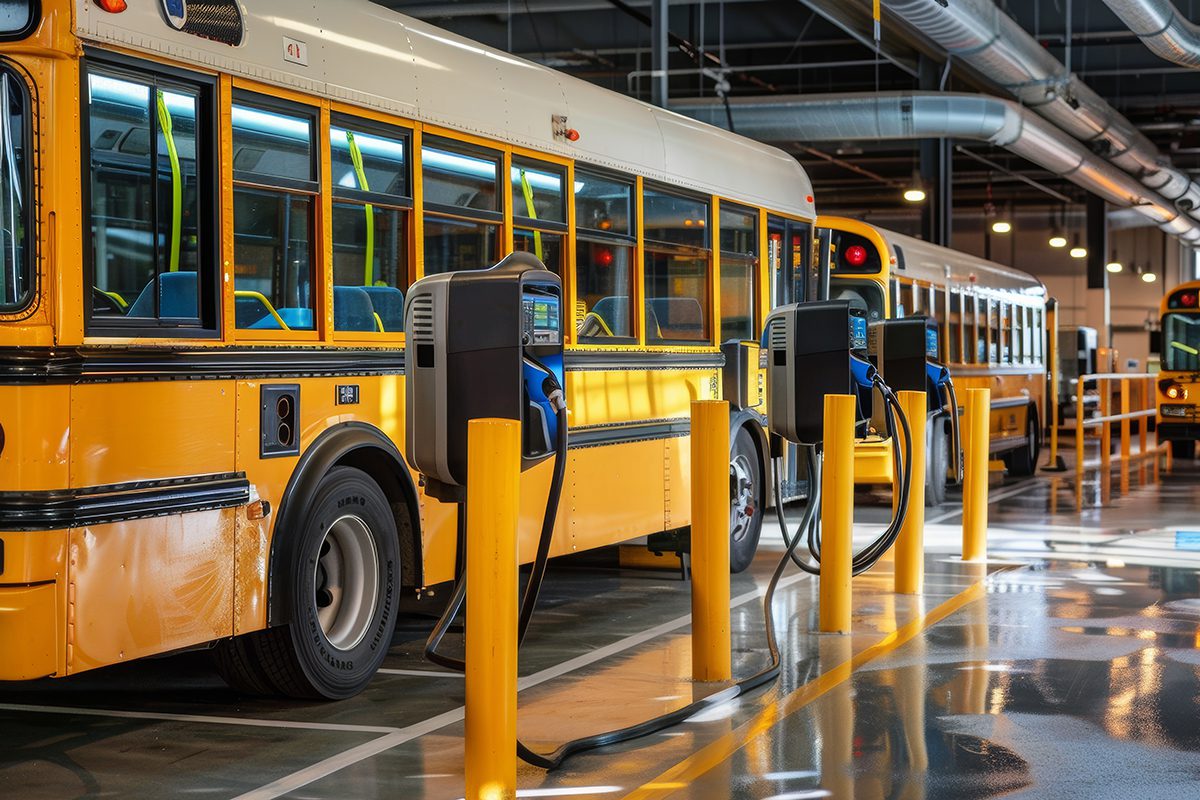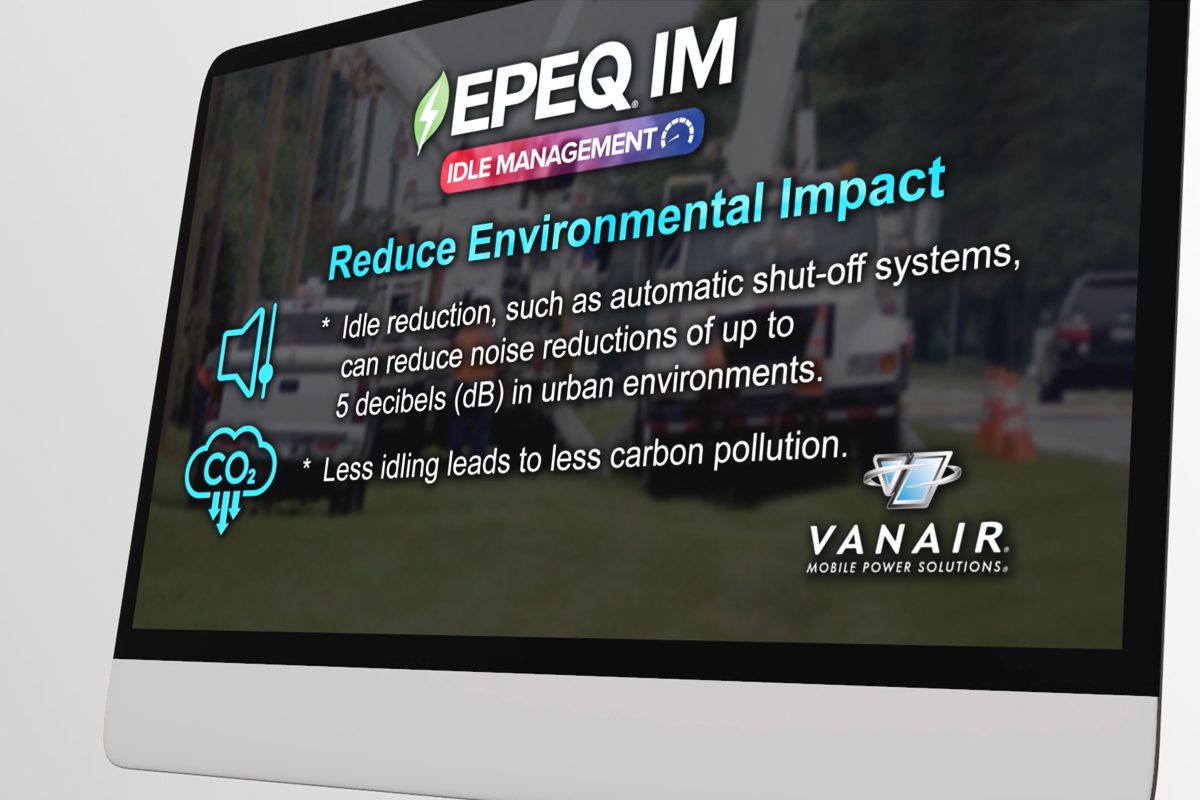Medium- and heavy-duty vehicles disproportionately contribute to on-road vehicle pollution, which is why states are setting ambitious goals for their electrification as part of nationwide efforts to improve air quality and public health while combatting climate change.
California is leading the way with its 2020 adoption of the Advanced Clean Trucks (ACT) rule, which requires manufacturers to sell an increasing proportion of zero-emission vehicles beginning in 2024. And as of 2024 – thanks to California’s ability under the federal Clean Air Act to set stricter tailpipe pollution standards and the ability for other states to adopt standards which are identical to California’s – 10 additional states (Colorado, Maryland, Massachusetts, New Jersey, New Mexico, New York, Oregon, Rhode Island, Vermont and Washington) have also adopted California’s ACT rule.
There is a growing number of available zero-emission medium- and heavy-duty vehicles, offering fleet operators an array of practical solutions. This includes zero emission school buses, which offer manufacturers an especially attractive option for ACT compliance given the robust availability of zero-emission electric school bus models, their health benefits for children, and the growing momentum for their adoption.
Benefits of School Bus Electrification
The health and environmental benefits of electric school buses are plentiful, particularly for children who are especially vulnerable to the harmful effects of diesel exhaust. Electric school buses offer the lowest greenhouse gas emissions of any school bus type and will only become more sustainable as renewable energy continues to grow as a share of power on the grid. School bus electrification in accordance with the ACT rule can also address environmental injustices, as Black students, children with disabilities and low-income students are all more likely to rely on diesel-burning school buses, leading to disproportionate exposure to air pollution.
The economic benefits of school bus electrification are also significant, as school districts can save an average of over $100,000 in operational costs over the bus’s lifetime, savings that can be reinvested in educational resources, improving the quality of education for our students. Combined with existing funding for school buses and charging infrastructure, electric school buses represent an economically smart, environmentally sustainable investment for schools and communities, not to mention the demand for skilled jobs in manufacturing, maintenance and infrastructure development created by the transition.
According to a 2023 CALSTART market study, electric school buses are technologically advanced and supported by growing manufacturing capacity and substantial federal funding. The 26 currently available electric school bus models are well-suited to help manufacturers meet ACT targets.
Funding Opportunities to Support School Bus Electrification
The transition to electric school buses is supported by significant funding and tax credits, which can be used to help offset the upfront cost of electric school buses. Since 2012, states have approved over $2.9 billion for electric school buses, with recent initiatives accelerating the transition. States like New York, Michigan, California, New Jersey, Massachusetts and North Carolina have all rolled out their own programs designed to facilitate school bus electrification in their communities.
Innovative financing solutions have also emerged to help address the high upfront costs of electric school buses. Programs like the Connecticut Green Bank’s Electric School Bus Financing initiative offer options such as loans and low-interest, long-term financing, allowing districts to spread costs over time and leverage operational savings. Districts like the Austin Independent School District have also used bonds, a type of public financing, to help with the transition to ESBs. These tailored financial tools, alongside state and federal funding, are crucial for scaling ESB adoption, especially in underserved communities.
ACT Rule Compliance Flexibility
The ACT rule provides compliance pathways and flexibilities to support manufacturers and fleet operators in transitioning to zero-emission vehicles. For example, credits earned from early compliance can be applied to future obligations. The regulation offers additional flexibility through mechanisms such as credit banking, credit trading between manufacturers, and the ability to earn partial credits for near-zero-emission vehicles. Moreover, manufacturers are allowed up to three years to meet obligations, ensuring smoother compliance. Future rulemaking could also enable manufacturers to use excess credits in meeting targets across state lines, also known as pooling.
The ACT rule has a critical role to play in protecting communities from the dangers of diesel exhaust pollution, and with a growing number of zero-emission medium- and heavy-duty vehicles available, combined with the flexibility built into the rule, the market is well-positioned to realize these benefits. Leaders in states that have already adopted the ACT rule can ensure that it stays on track for timely implementation, knowing that electric school buses and other zero emission vehicles are available now. School bus riders, truck drivers, communities near ports and depots, and many others stand ready to benefit.



